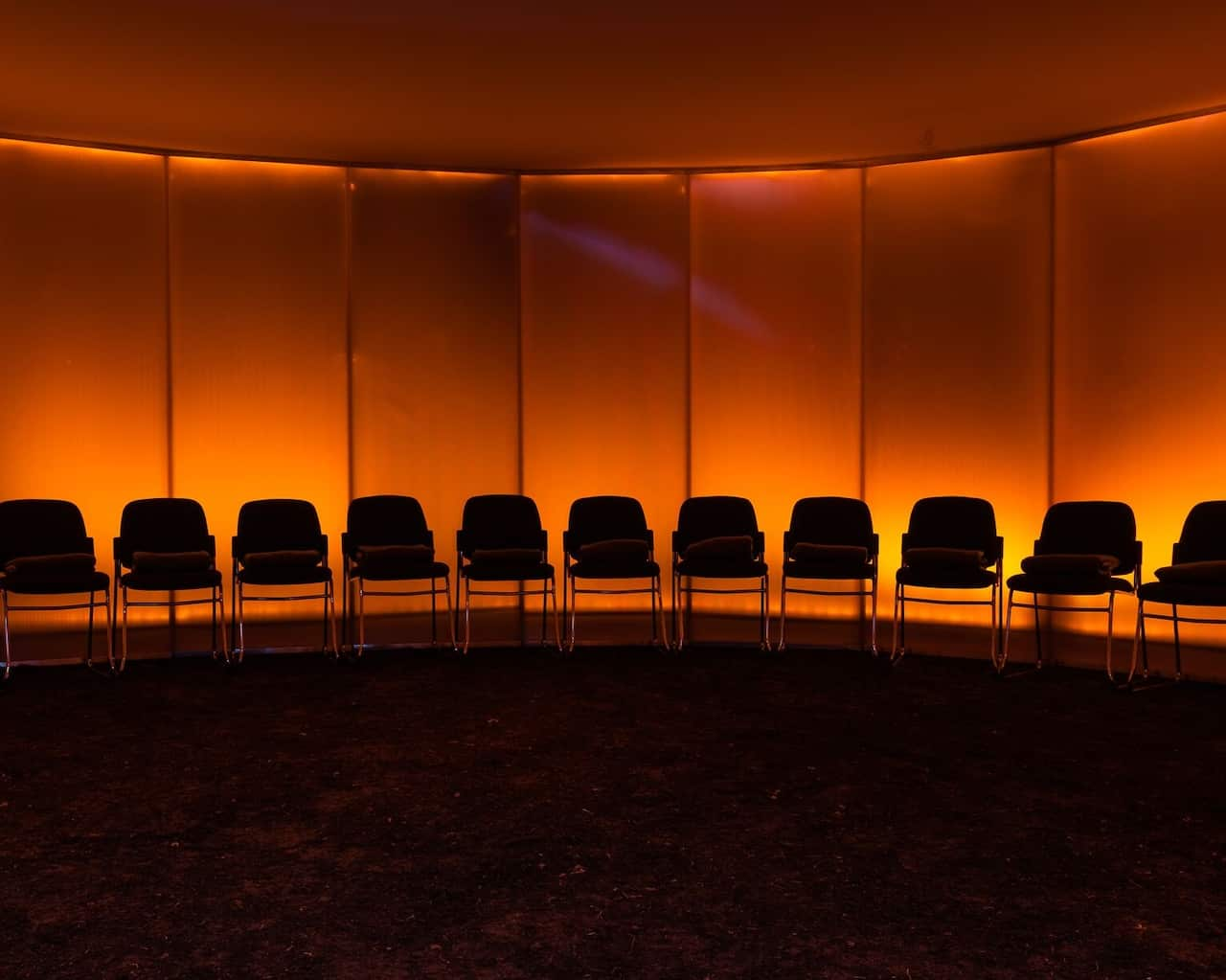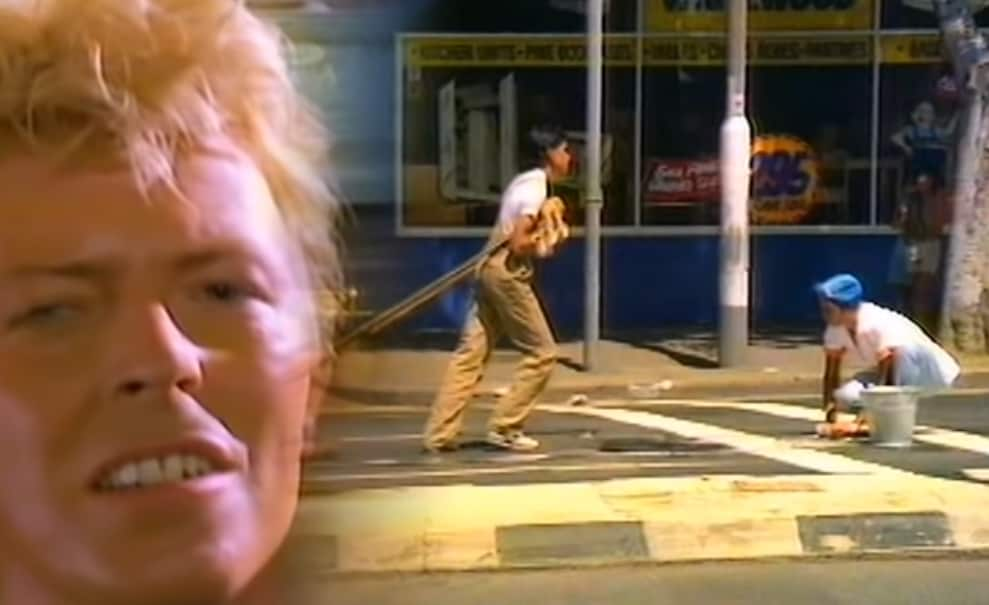When David Bowie visited Australia in 1983, the superstar had a blunt assessment of the nation.
"He described Australia as one of the most racist countries in the world," Indigenous man Daniel Browning told SBS News.
On that trip, Bowie recorded the music video clip for his new song, Let's Dance, which highlighted this racism and other experiences of Australia's Indigenous people.
Fast forward 36 years and Mr Browning of Urban Theatre Projects has curated an artwork examining the impact of the clip, which will open in Sydney next month.
The work, called Momentum, is a "deep listening experience" at Barangaroo.
"It's a sound work composed around David Bowie's music video Let’s Dance, it's a reckoning with the cultural impact of those images," Mr Browning said.

The audience sites in a specially-built structure to listed to the work. Source: Supplied
A number of artists were involved in the piece, including Eric Avery, Troy Russell and Ursula Yovich.
They, and others, respond to the representations of First Nations peoples in global popular culture using Let's Dance as a starting point.
The soundscape consists of poetry, interviews and music from these artists.
Mr Browning, who is Bundjalung/Kullilli/South Sea Islander, said Bowie's clip was revolutionary for the time.

The 1983 clip was mainly set in and around Sydney. Source: YouTube
"[It looked] at issues that we hadn't started to talk about – the British nuclear tests at Emu Field in Maralinga, the history of domestic slavery and by implication, the Stolen Generations," he said.
Throughout the clip, Bowie sings as an array of images highlight the Indigenous/non-Indigenous divide, in the pubs, workplaces and streets of Australia.
"He exposed certain fault lines in the national story," Mr Browning said.
"I was 10 when it came out, so it had a fairly deep effect on me. I had never seen these images before. I had never seen this version of Australia even though it was widely known by Blackfellas."

A still from the 1983 video clip. Source: YouTube
And years later, Mr Browning said he hoped this work will also make people ask questions.
"I hope that people go away and say 'that makes me think about Sydney in a different way, it makes me think about where I am'," he said.
Share


